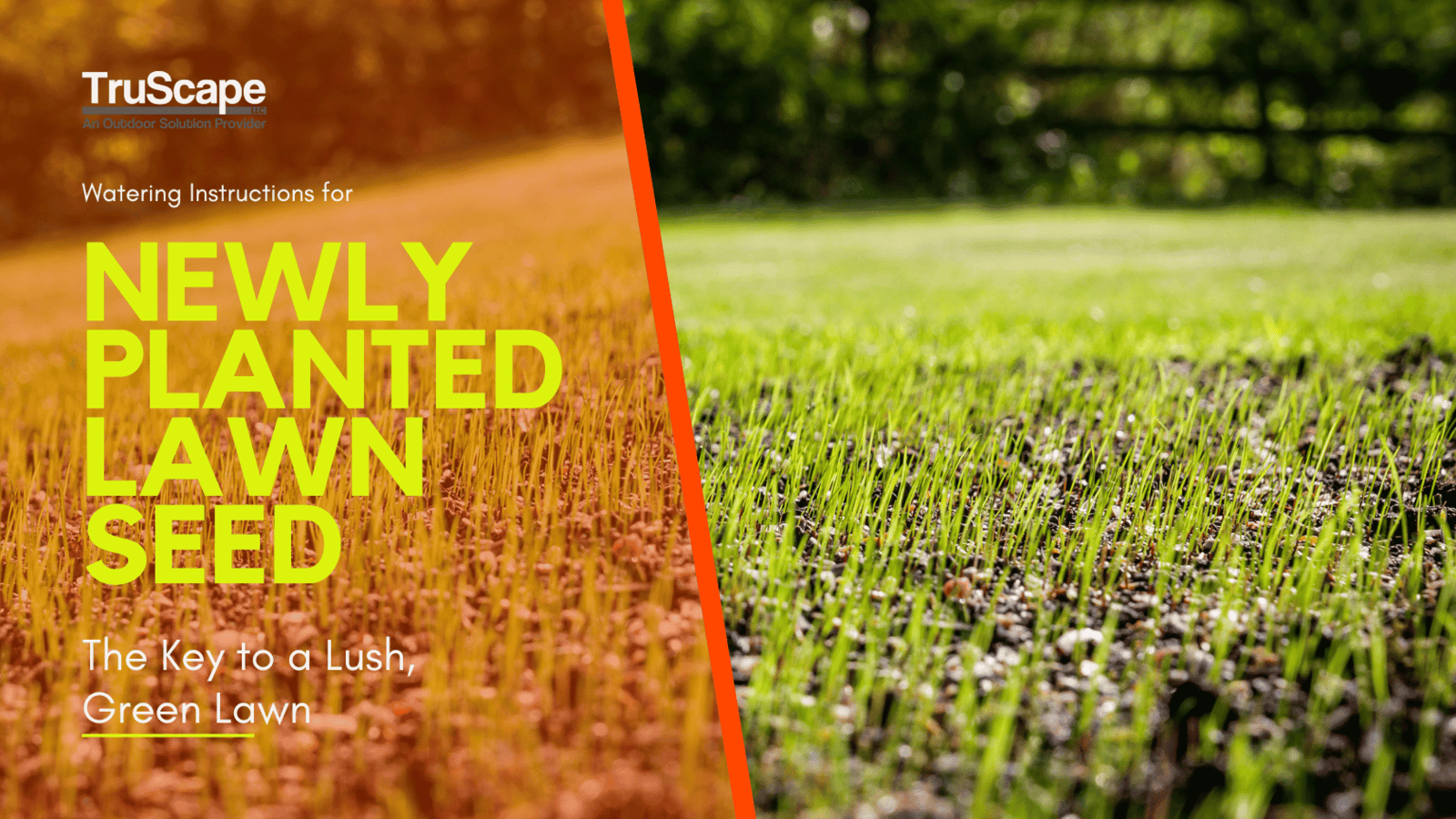Give a man a lawn and he’ll water it once. Teach him how to water it right, and he’ll have green grass for years." That may not be a famous quote, but it's true! Proper watering is the lifeblood of any newly seeded lawn, and if done right, you'll see results fast.

After planting your new seeds, the first watering is critical. Saturate the soil, but don’t drown it. Aim for about an inch of water to penetrate the top layer of soil. If you can stick your finger into the ground and feel moisture an inch down, you’re on the right track. This will help kickstart the seed’s journey to becoming the green lawn you’ve envisioned.
Tip: Use a gentle spray. Too much pressure from a hose or sprinkler can push seeds around or cause pooling, which can lead to patchy areas later. Think of it like a soft shower, not a power wash.
Seeds are sprouting, and this is the most critical period. Water twice a day, ideally early morning and late afternoon. The goal is to keep the soil damp throughout the day, but not soaked. Overwatering can be just as harmful as under-watering. Avoid puddles; aim for moisture spread evenly across the surface, like a sponge that’s been wrung out—moist, but not dripping.
Pro Tip: If it’s particularly hot or windy, consider adding a third round of watering. Heat and wind dry out the soil fast, and dry soil means dead seeds.
Once the seeds start to sprout and little blades of grass poke through, it’s time to adjust your schedule. Cut back to watering once a day, preferably in the morning. By now, the seeds are developing roots and need deeper, less frequent watering to encourage strong, deep growth.
Now the tricky part: Shift your mindset from keeping the topsoil damp to watering the lawn deeply. Deep watering encourages root growth and helps the grass become more drought-tolerant.
How deep? Aim to get water about 6 inches into the soil. Water long enough for this to happen, but don’t let the ground get soggy.
By this point, you should see significant growth, and your grass will be establishing itself. Water every other day now, still focusing on deep watering. Once your lawn is fully established (around 6-8 weeks), switch to watering twice a week. This encourages the roots to go even deeper in search of water, making your lawn more resilient.
Early morning is always the best time to water, especially as your lawn matures. Watering in the morning allows time for the moisture to be absorbed before the sun’s heat kicks in and evaporates it. Avoid watering in the evening—wet grass overnight can lead to mold and fungus, which nobody wants to deal with.
A well-watered lawn is the foundation of a beautiful landscape. While it may take some time and commitment, the reward is a lush, green carpet that will make your neighbors envious. Follow these steps, stay consistent, and watch your lawn thrive!
Special Note: For newly seeded lawns, we recommend working with a provider that offers temporary managed irrigation systems to ensure your lawn gets the consistent moisture it needs without the hassle. At TruScape, we provide a hands-off approach by renting, setting up, adjusting timers, and removing temporary irrigation systems after your lawn is established. This allows you to focus on enjoying your new lawn while we handle the critical early-stage watering for you!


